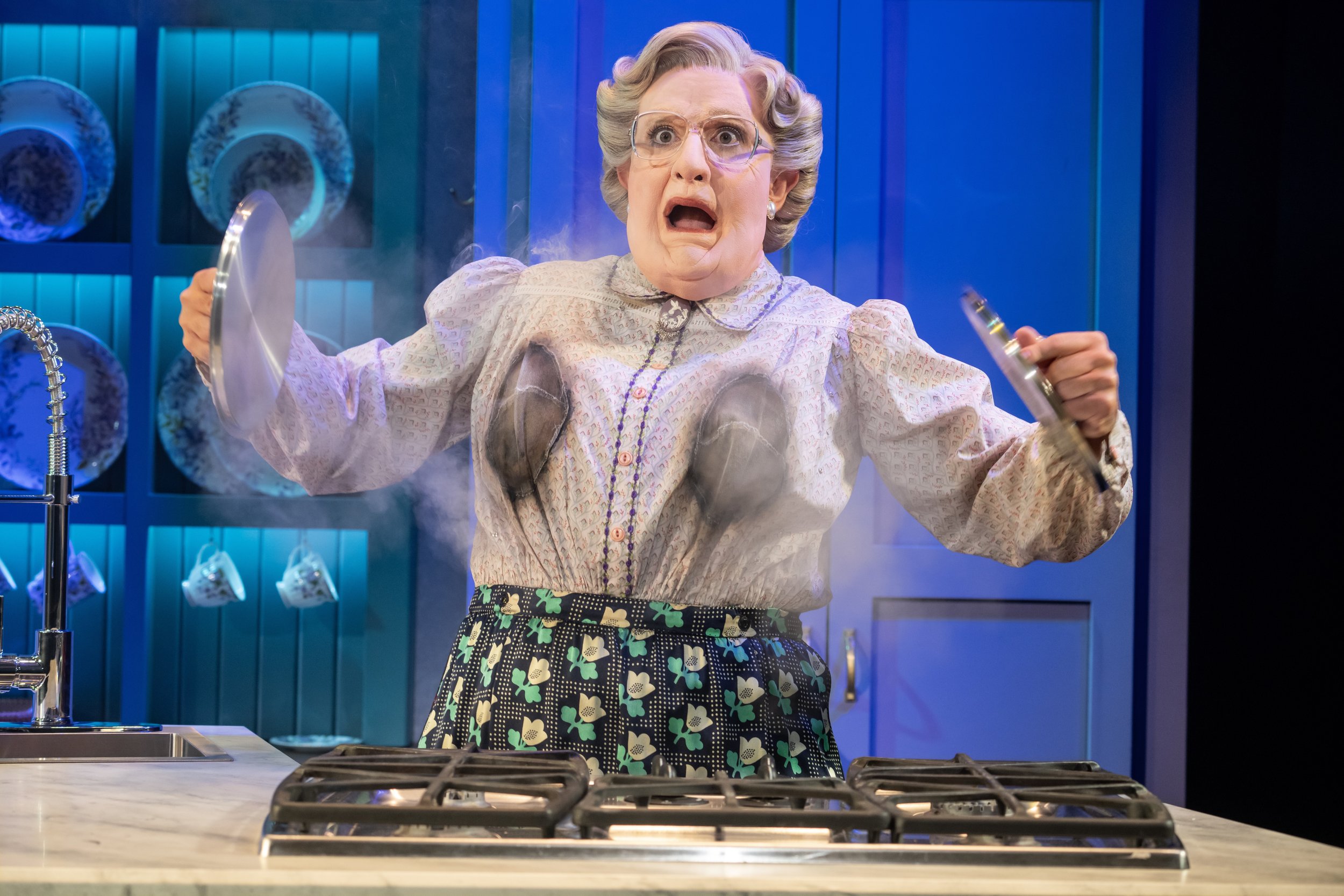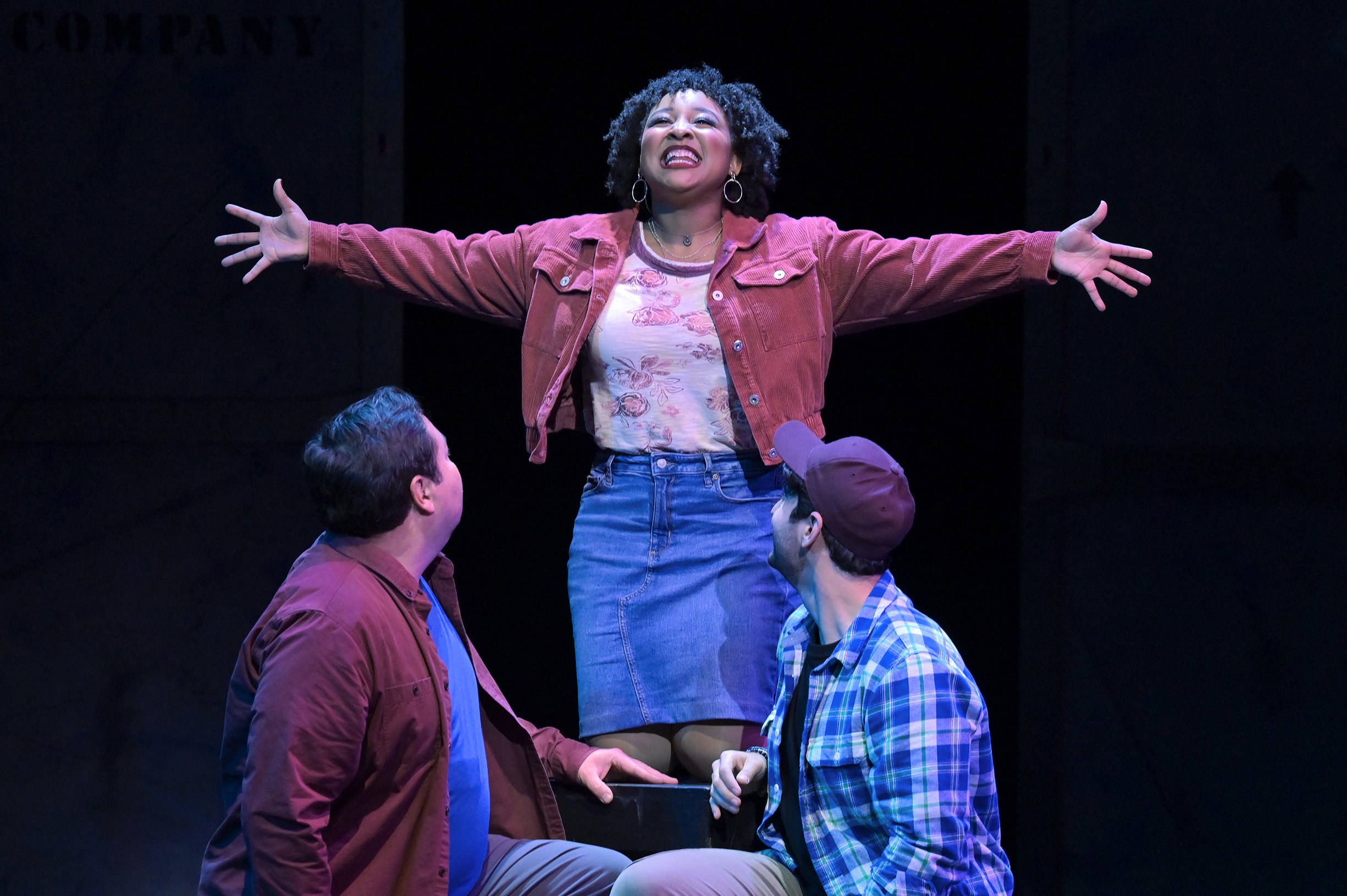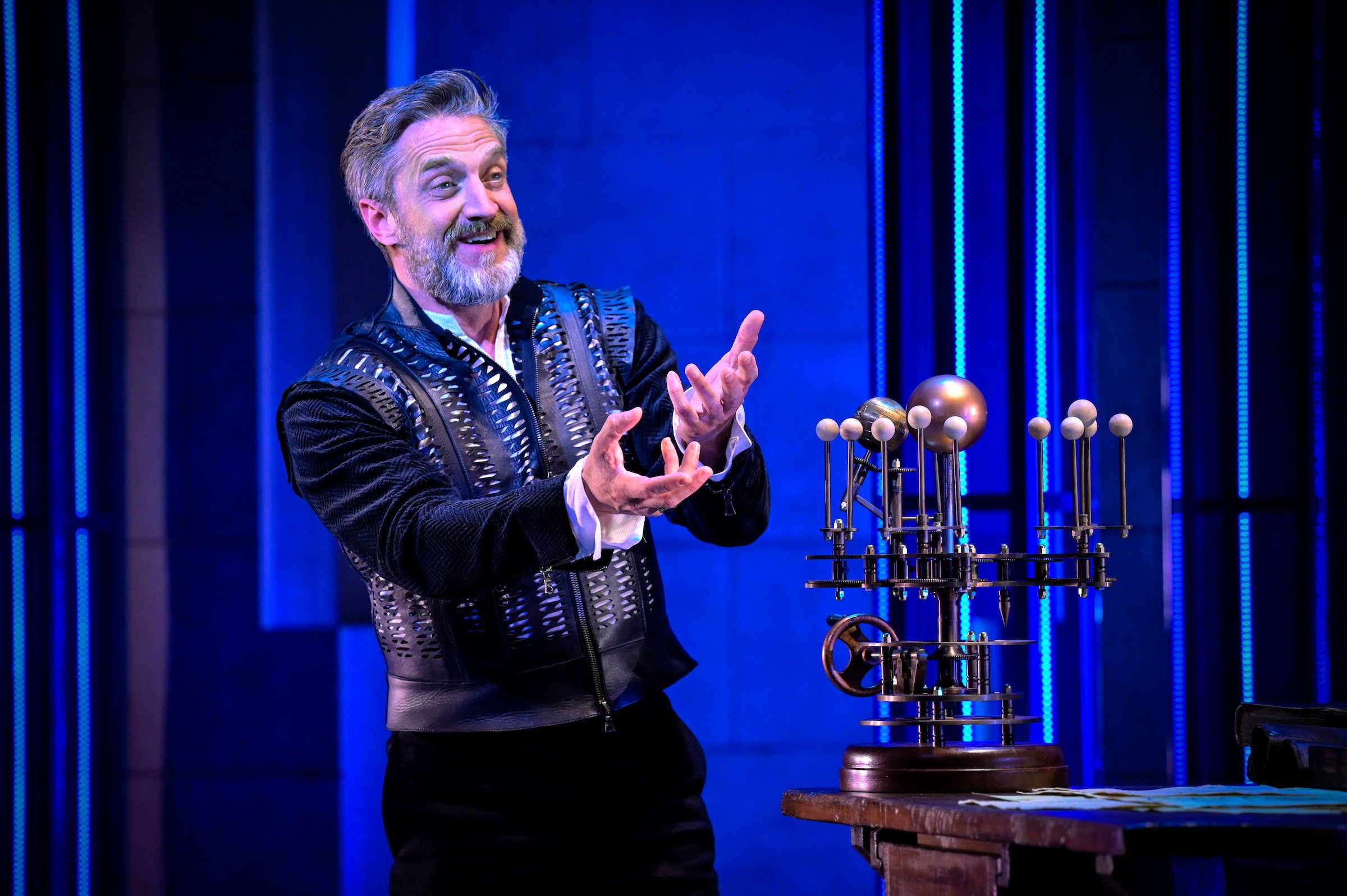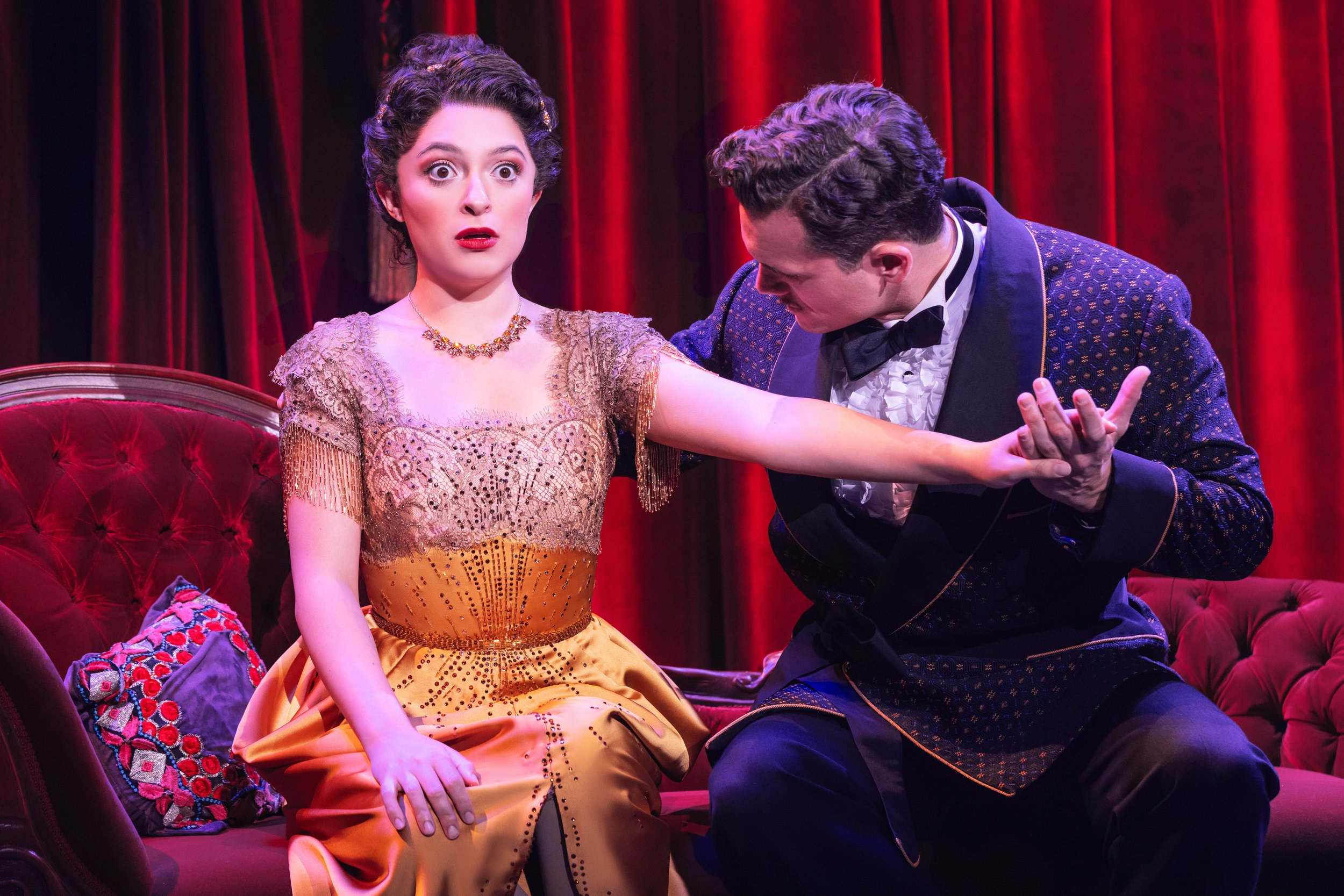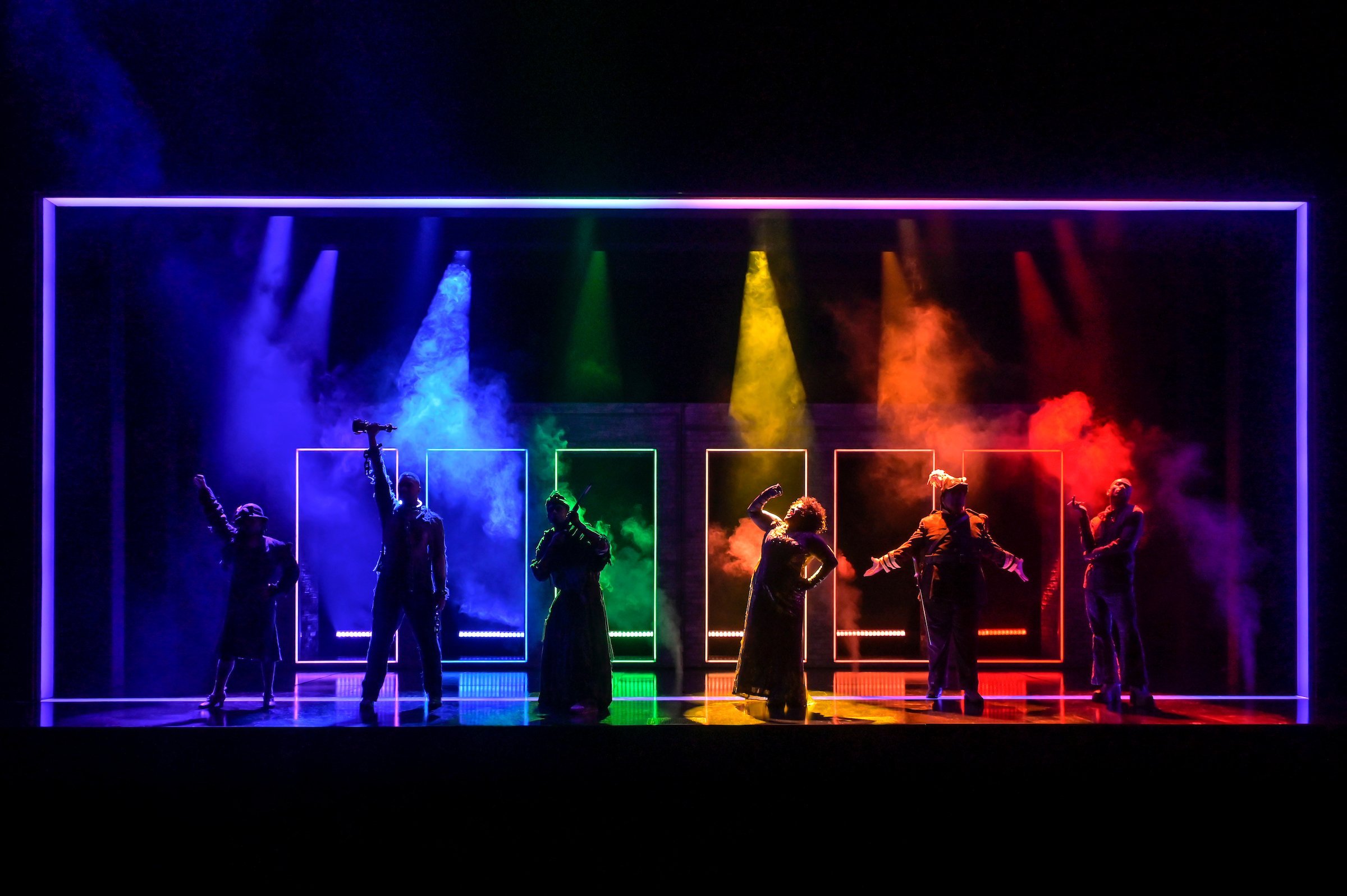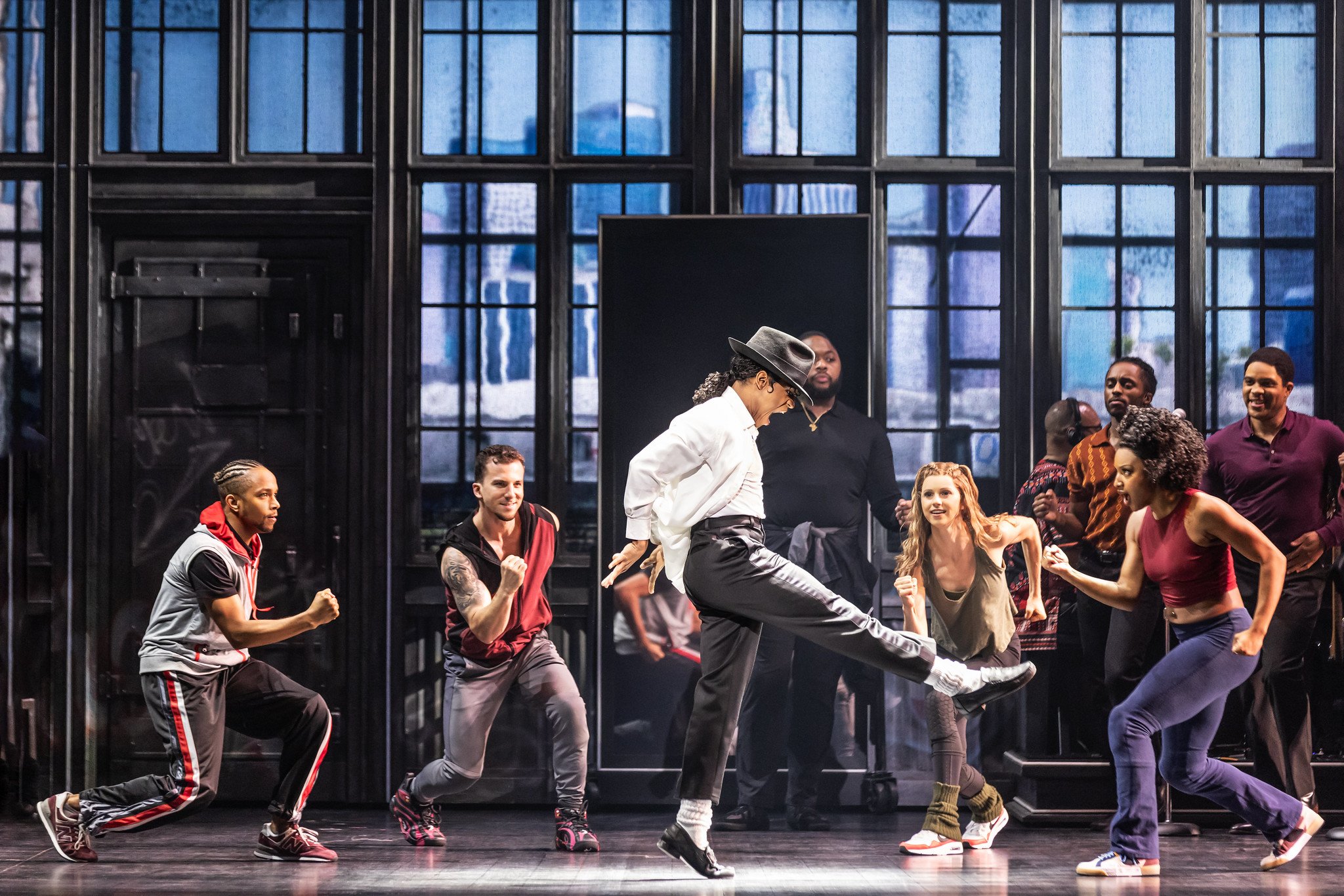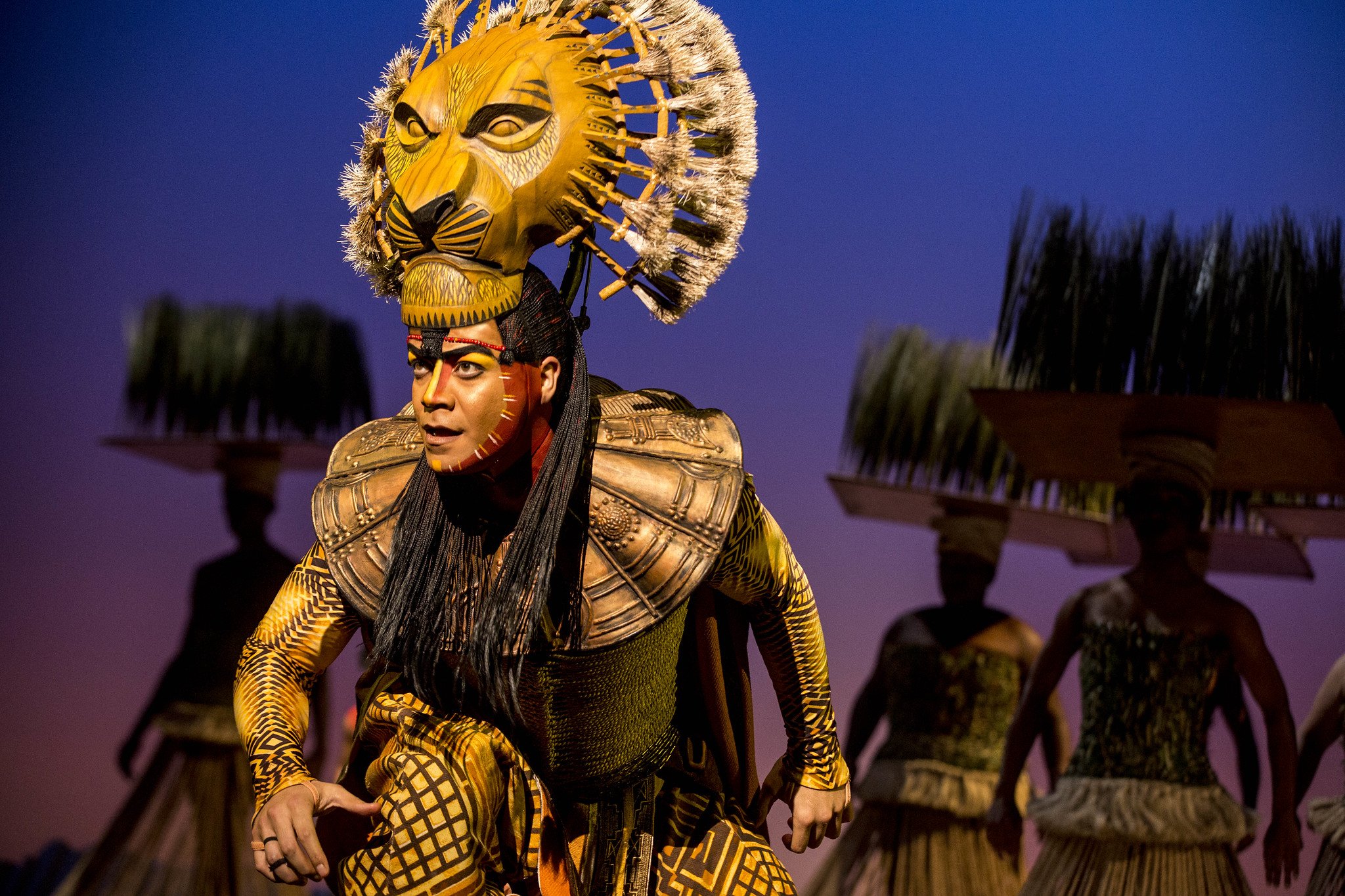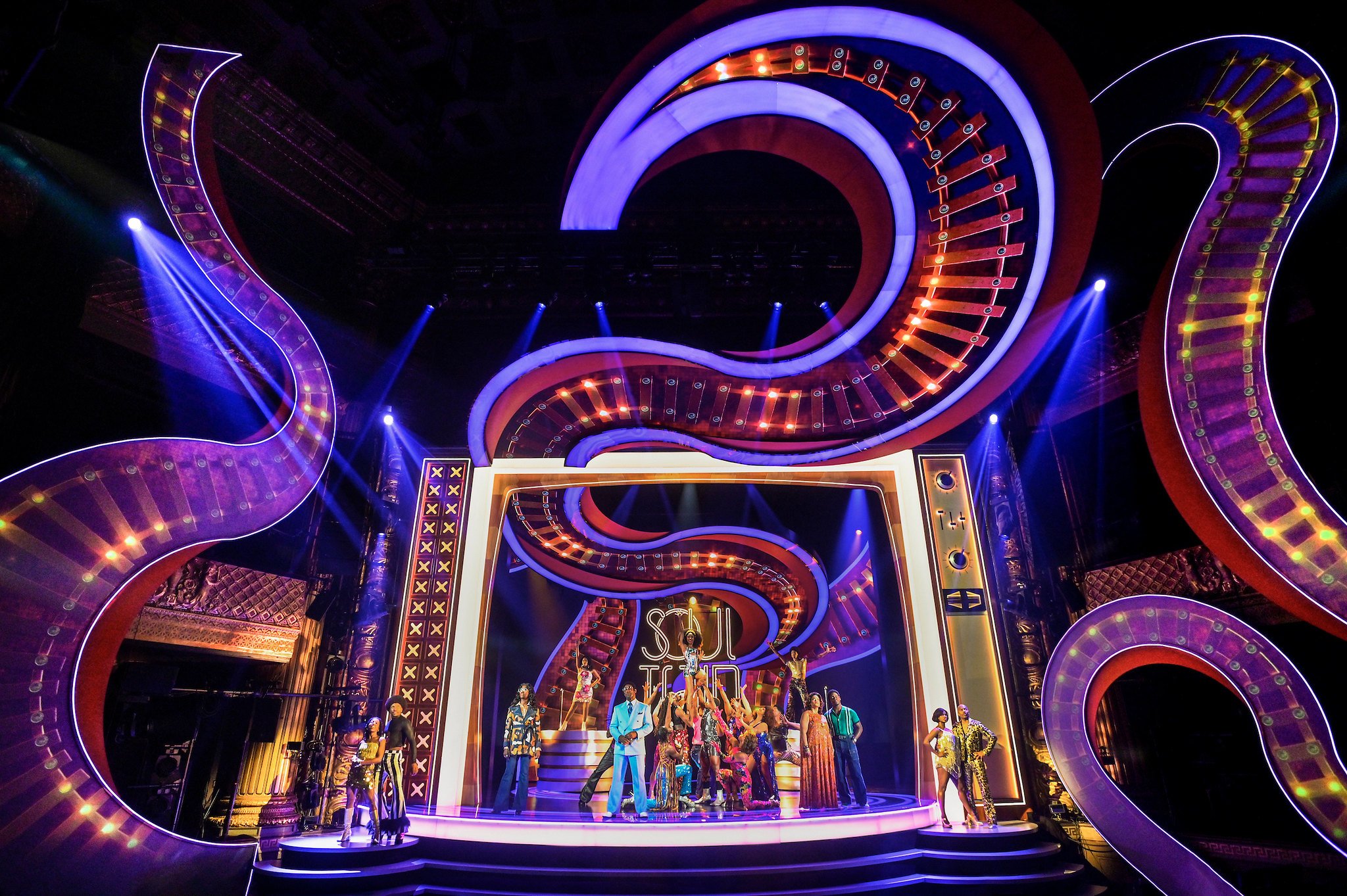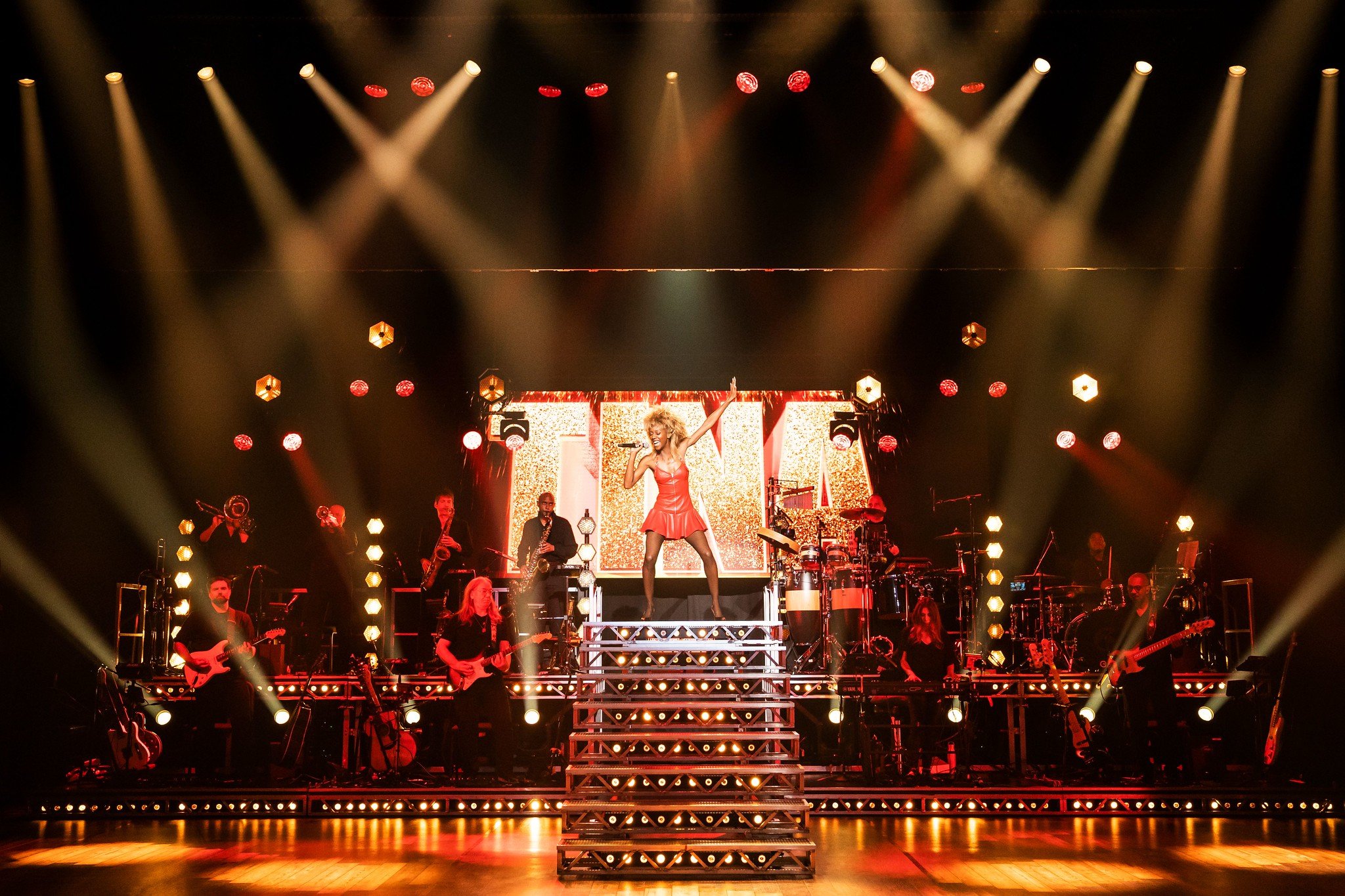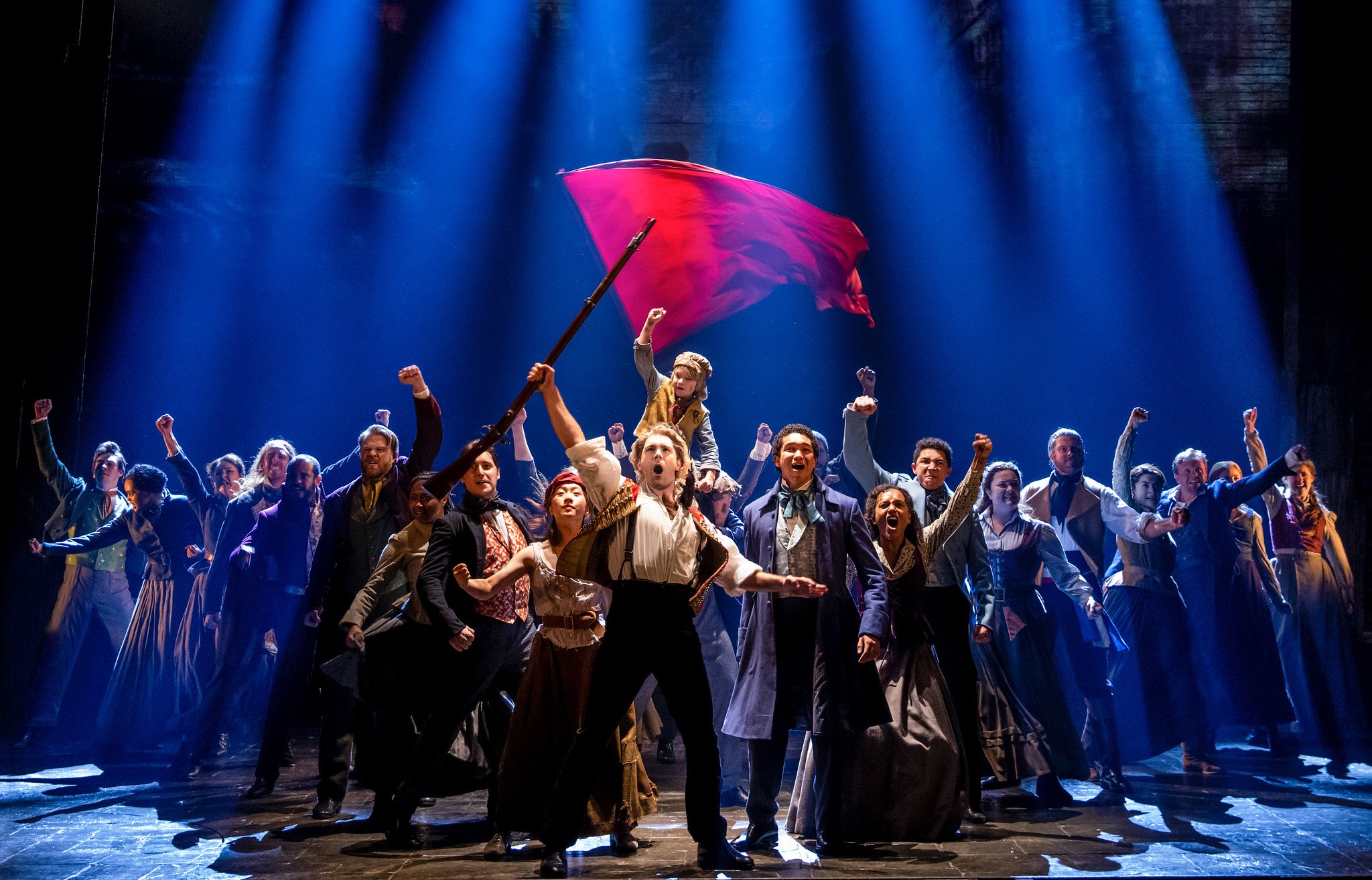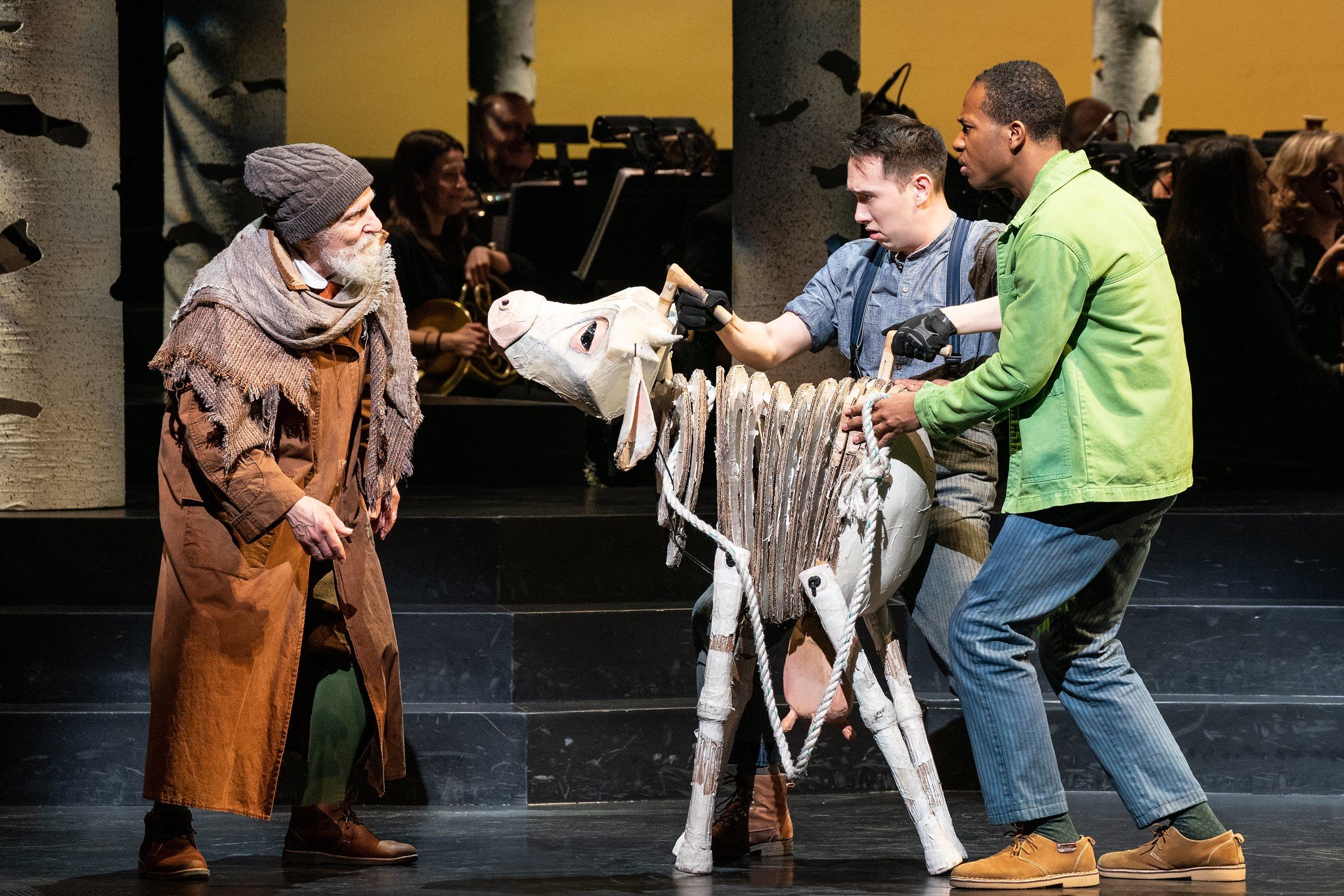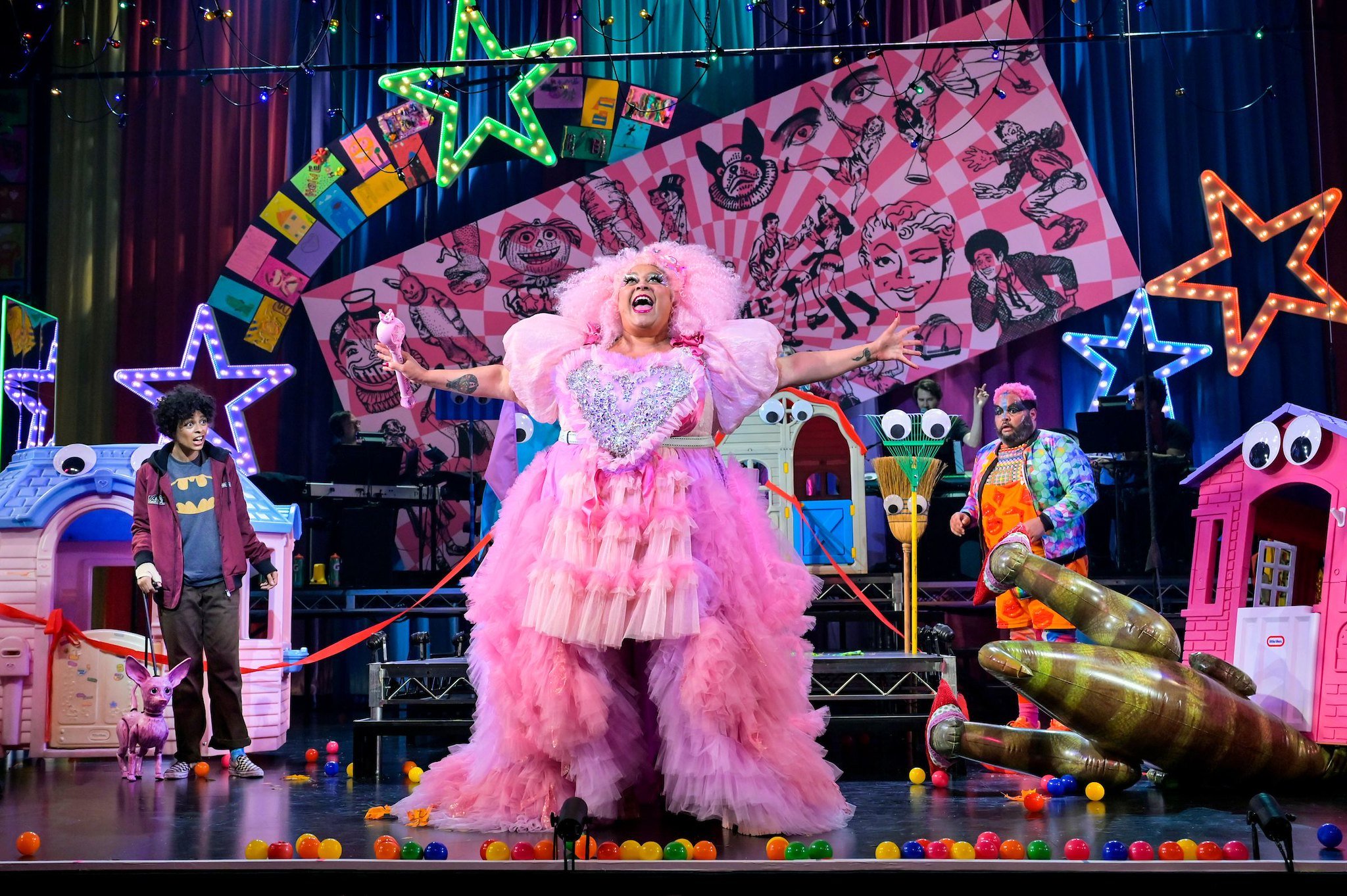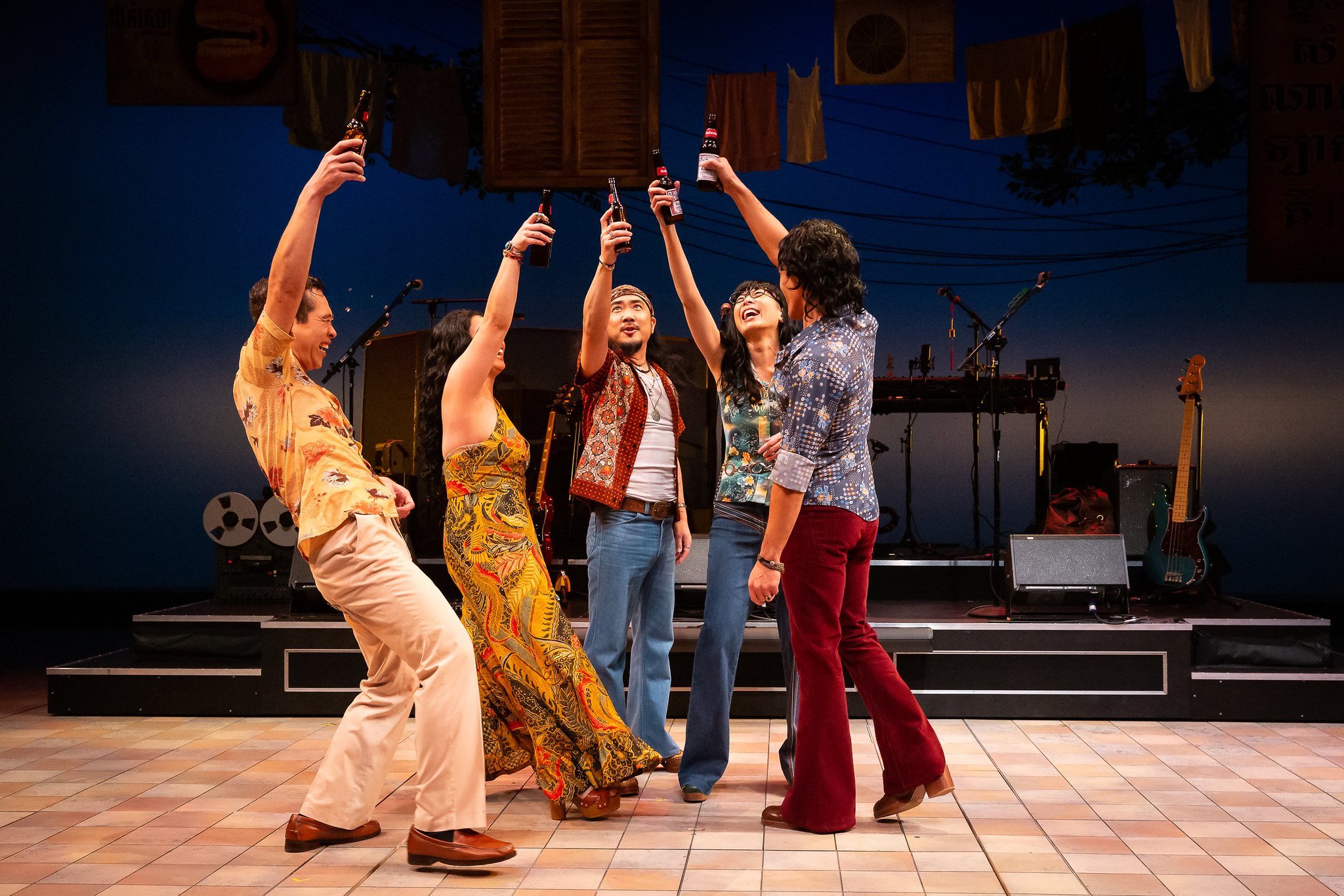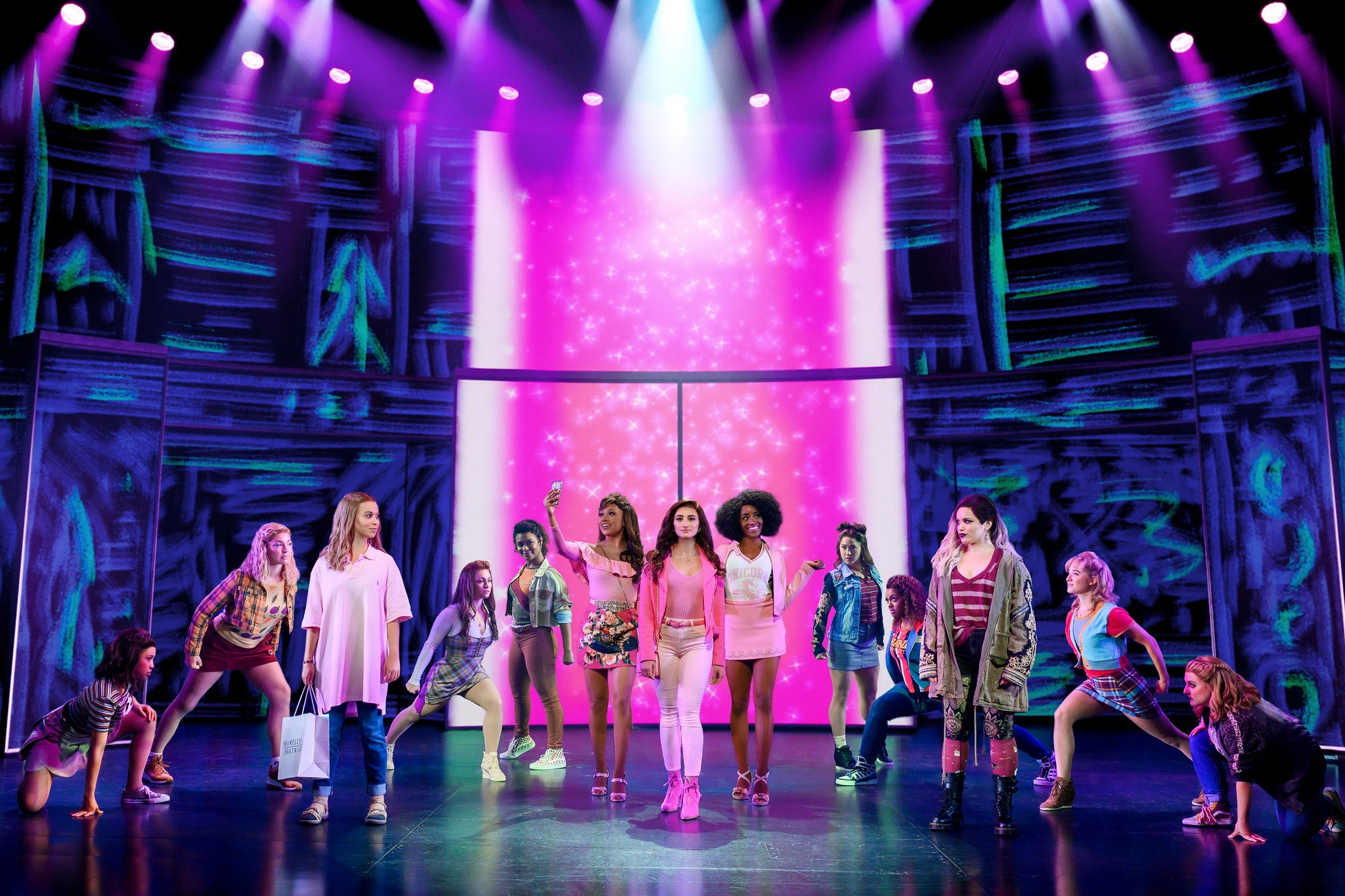BroadwaySF,
Rob McClure,
musicals,
Broadway,
theater review,
Jerry Zaks
Chad Jones
BroadwaySF,
Rob McClure,
musicals,
Broadway,
theater review,
Jerry Zaks
Chad Jones
Read More
BroadwaySF,
theater review,
musicals,
Curran Theatre,
Cher,
Rick Elice,
Bob Mackie
Chad Jones
BroadwaySF,
theater review,
musicals,
Curran Theatre,
Cher,
Rick Elice,
Bob Mackie
Chad Jones
Read More
Stephen Sondheim,
George Furth,
Marianne Elliott,
musicals,
theater review,
BroadwaySF
Chad Jones
Stephen Sondheim,
George Furth,
Marianne Elliott,
musicals,
theater review,
BroadwaySF
Chad Jones
Read More
Stephen Sondheim,
Robert Kelley,
William Liberatore,
TheatreWorks,
theater review,
local theater,
musicals
Chad Jones
Stephen Sondheim,
Robert Kelley,
William Liberatore,
TheatreWorks,
theater review,
local theater,
musicals
Chad Jones
Read More
Berkeley Repertory The...,
Raul Esparza,
World premiere,
Michael Mayer,
musicals,
Michael Weiner,
Zoe Sarnak,
Danny Strong,
Jeremy Kushnier
Chad Jones
Berkeley Repertory The...,
Raul Esparza,
World premiere,
Michael Mayer,
musicals,
Michael Weiner,
Zoe Sarnak,
Danny Strong,
Jeremy Kushnier
Chad Jones
Read More
BroadwaySF,
Jule Styne,
Harvey Fierstein,
Michael Mayer,
musicals,
Melissa Manchester,
Katerina McCrimmon
Chad Jones
BroadwaySF,
Jule Styne,
Harvey Fierstein,
Michael Mayer,
musicals,
Melissa Manchester,
Katerina McCrimmon
Chad Jones
Read More
American Conservatory ...,
Michael R. Jackson,
Stephen Brackett,
Raja Feather Kelly,
Malachi McCaskill,
theater review,
musicals,
Arnulfo Maldonado,
Jen Schriever
Chad Jones
American Conservatory ...,
Michael R. Jackson,
Stephen Brackett,
Raja Feather Kelly,
Malachi McCaskill,
theater review,
musicals,
Arnulfo Maldonado,
Jen Schriever
Chad Jones
Read More
Benny Andersson,
Björn Ulvaeus,
Broadway San Jose,
BroadwaySF,
musicals,
Phyllida Lloyd,
theater review
Benny Andersson,
Björn Ulvaeus,
Broadway San Jose,
BroadwaySF,
musicals,
Phyllida Lloyd,
theater review
Read More
BroadwaySF,
Disney,
Elton John,
Julie Taymor,
musicals,
theater review,
Tim Rice
BroadwaySF,
Disney,
Elton John,
Julie Taymor,
musicals,
theater review,
Tim Rice
Read More
Anaïs Mitchell,
BroadwaySF,
David Neuman,
musicals,
Rachel Chavkin,
theater review
Anaïs Mitchell,
BroadwaySF,
David Neuman,
musicals,
Rachel Chavkin,
theater review
Read More
Amber Iman,
American Conservatory ...,
Camille A- Brown,
Dominique Morisseau,
Kamilah Forbes,
musicals,
Quentin Earl Darrington,
theater review,
World premiere
Amber Iman,
American Conservatory ...,
Camille A- Brown,
Dominique Morisseau,
Kamilah Forbes,
musicals,
Quentin Earl Darrington,
theater review,
World premiere
Read More
Katori Hall,
musicals,
Phyllida Lloyd,
theater news,
theater review,
Tina Turner
Katori Hall,
musicals,
Phyllida Lloyd,
theater news,
theater review,
Tina Turner
Read More
BroadwaySF,
Curran Theatre,
Gavin Creel,
James Lapine,
Lear deBessonet,
musicals,
Sebastian Arcelus,
Stephanie J- Block,
Stephen Sondheim,
theater review
BroadwaySF,
Curran Theatre,
Gavin Creel,
James Lapine,
Lear deBessonet,
musicals,
Sebastian Arcelus,
Stephanie J- Block,
Stephen Sondheim,
theater review
Read More
American Conservatory ...,
Beth Wilmurt,
Cathleen Riddley,
Danny Scheie,
Darryl V- Jones,
David Zinn,
El Beh,
Harold Arlen,
Katrina Lauren McGraw,
local theater,
musicals,
Sam Pinkleton,
theater review
American Conservatory ...,
Beth Wilmurt,
Cathleen Riddley,
Danny Scheie,
Darryl V- Jones,
David Zinn,
El Beh,
Harold Arlen,
Katrina Lauren McGraw,
local theater,
musicals,
Sam Pinkleton,
theater review
Read More
Berkeley Repertory The...,
Chay Yew,
Dengue Fever,
Francis Jue,
Lauren Yee,
musicals,
plays,
theater news
Berkeley Repertory The...,
Chay Yew,
Dengue Fever,
Francis Jue,
Lauren Yee,
musicals,
plays,
theater news
Read More
Ashley Rodbro,
Bree Lowdermilk,
Kait Kerrigan,
Lauren Gunderson,
local theater,
Marin Theatre Company,
musicals,
theater review,
World premiere
Ashley Rodbro,
Bree Lowdermilk,
Kait Kerrigan,
Lauren Gunderson,
local theater,
Marin Theatre Company,
musicals,
theater review,
World premiere
Read More
BroadwaySF,
Casey Nicholaw,
Jeff Richmond,
musicals,
Nell Benjamin,
theater review,
Tina Fey
BroadwaySF,
Casey Nicholaw,
Jeff Richmond,
musicals,
Nell Benjamin,
theater review,
Tina Fey
Read More
